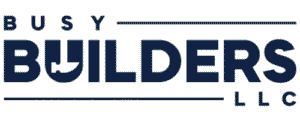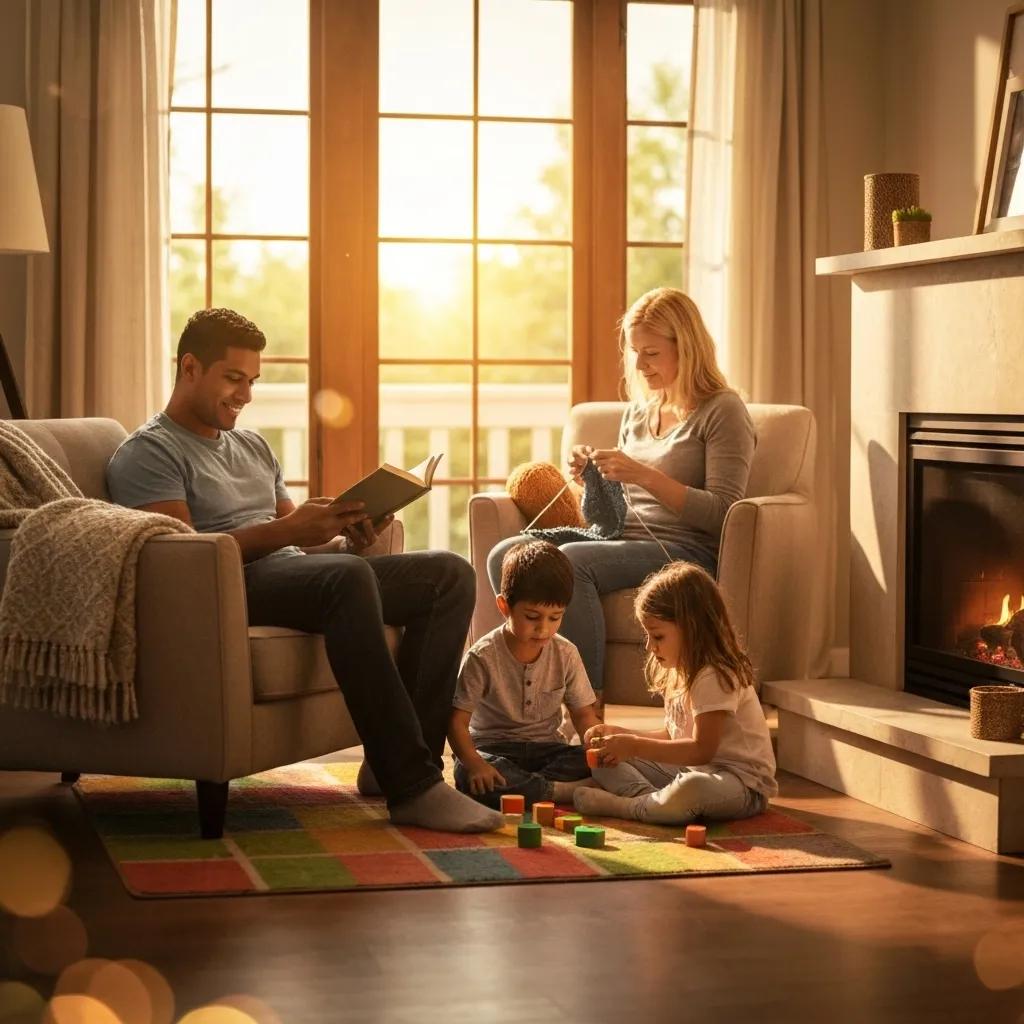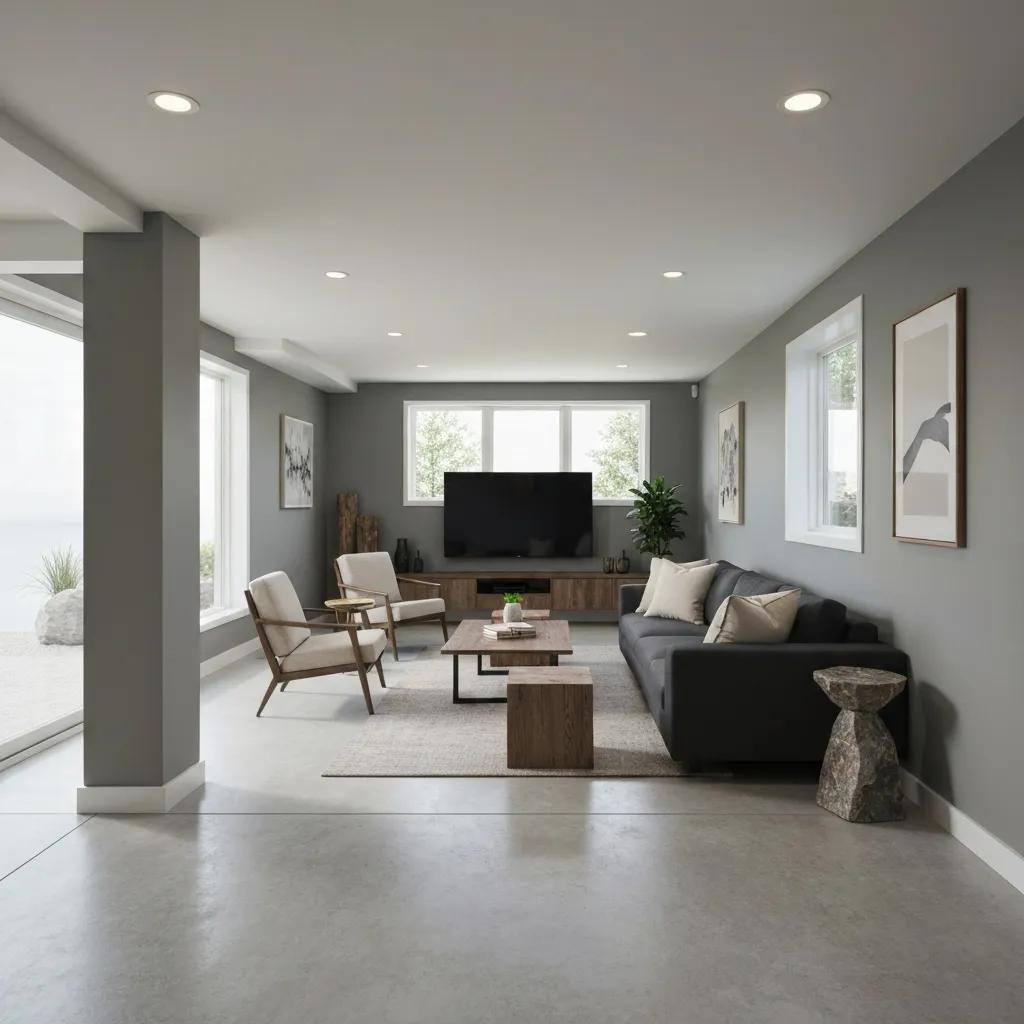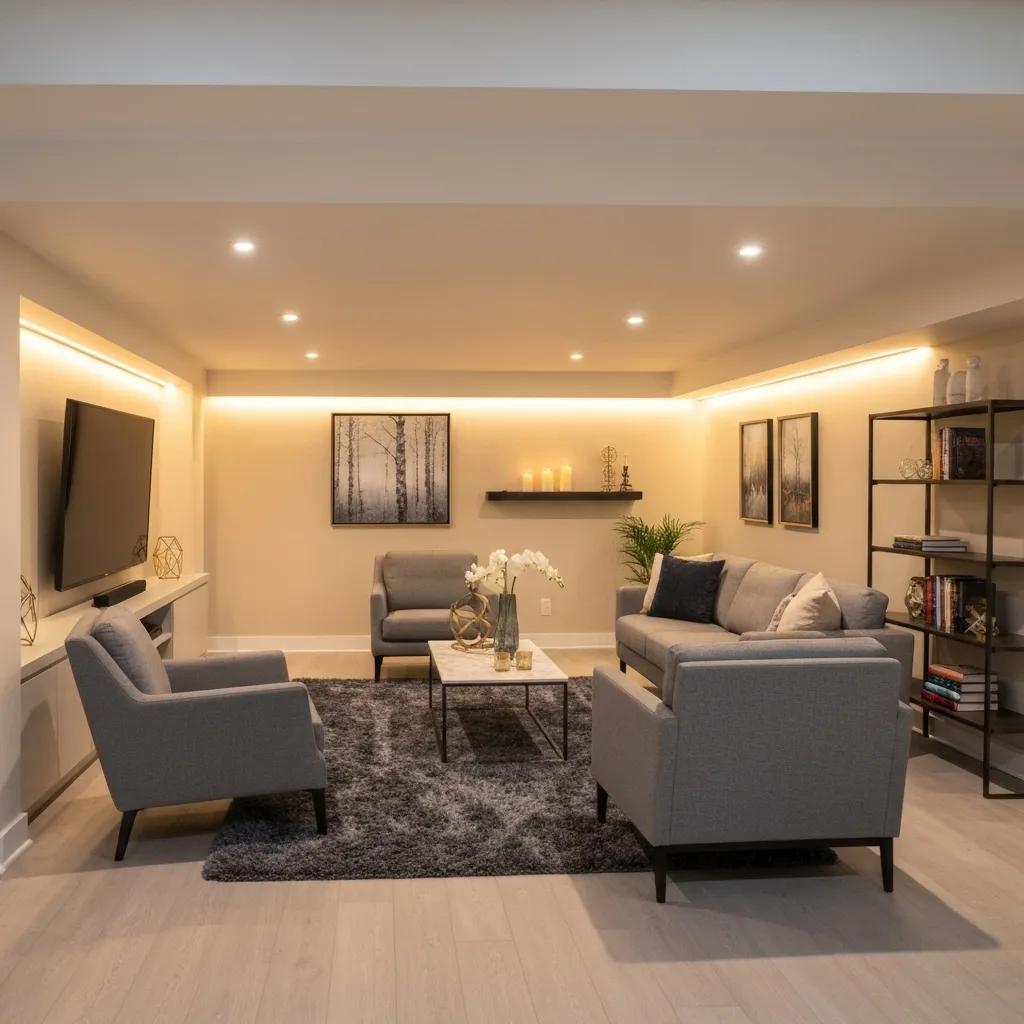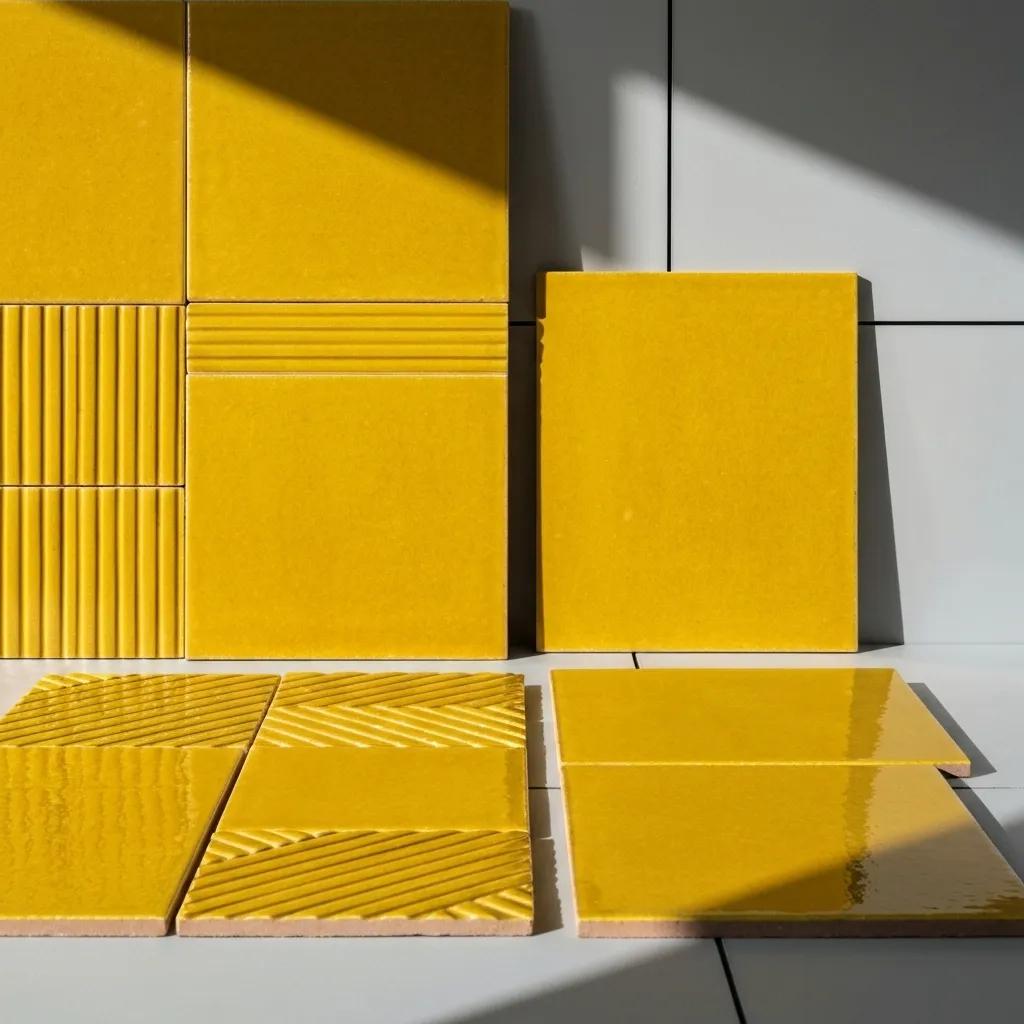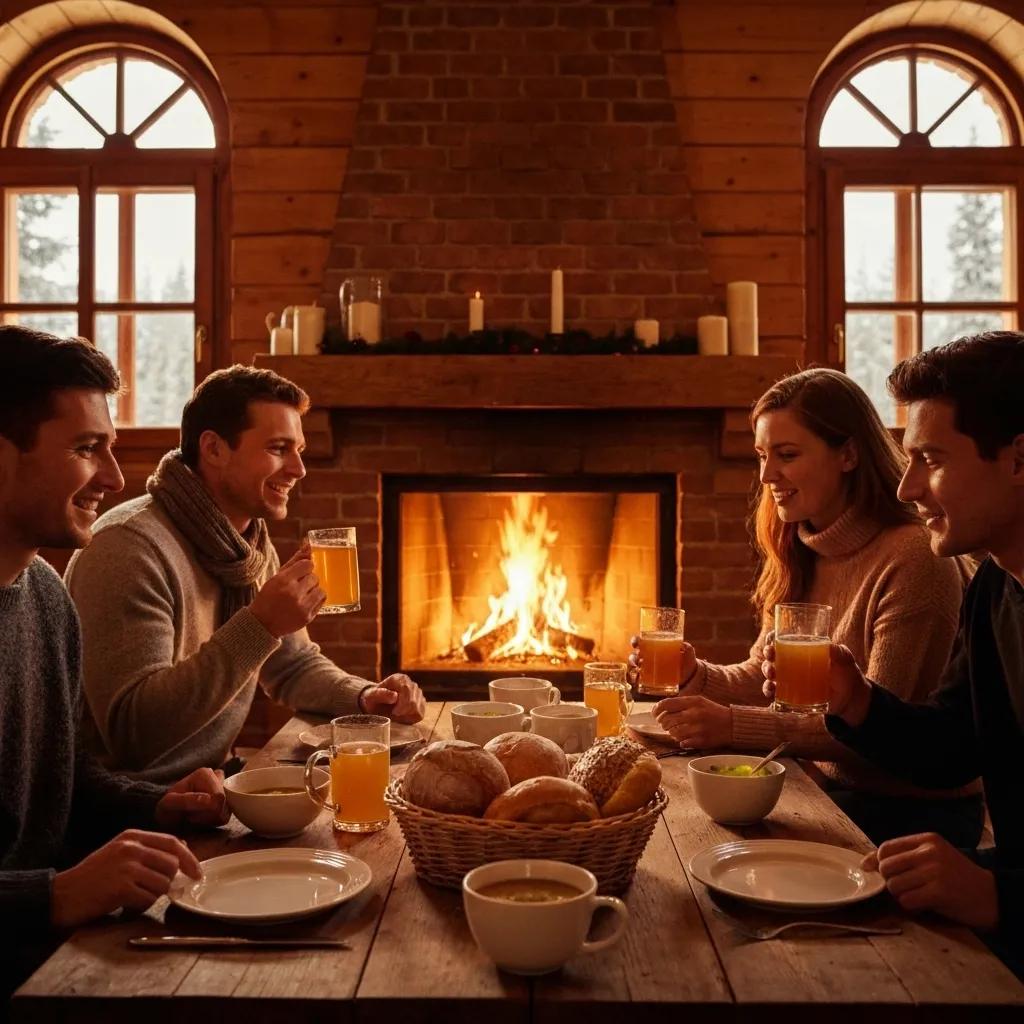
Understanding How Design Choices Influence Home Building Costs in Des Moines
Building a home in Des Moines demands careful consideration of design choices, material selections, labor costs, and local regulations. In the realm of home-building, every decision—from selecting the right materials to balancing labor expenditures—plays a critical role in determining the success of your project. This article offers a comprehensive overview of the key factors—ranging from interior elements like kitchens and bathrooms to exterior finishes and labor details—that shape home building expenses in Des Moines. It is designed to answer common questions on construction costing, provide practical tips through design consultations and value engineering, and empower homeowners and builders to balance aesthetic appeal with financial efficiency.
Transitioning into the content, the following sections provide in-depth answers to key questions regarding design choices, material selections, labor costs, expensive features, market trends, and local regulations that affect building expenses in Des Moines.
What Are the Key Design Choices That Impact Home Building Costs in Des Moines?
Design choices directly influence a home’s overall quality, functionality, and aesthetic appeal, all of which affect cost. Elements like layout, spatial planning, material selection, and customization can either increase or reduce the budget.
How Do Kitchen Design Choices Affect Building Costs?
The kitchen is a major focal point in any home. Modern kitchens often feature ergonomic layouts, premium fixtures, custom cabinetry, and high-end appliances. Custom cabinets and state-of-the-art appliances can boost costs by 15–25%. Additional elements such as islands, upscale countertops (granite or quartz), and designer lighting further elevate expenses. Applying value engineering during planning helps ensure that essential design elements are efficient while reducing unnecessary extravagance. kitchen and bathroom remodeling.
What Bathroom Design Elements Influence Construction Expenses?
Bathrooms typically involve costly fixtures and finishes. High-quality plumbing fixtures, tiling, and custom vanities drive up the price. Features like walk-in showers with multiple showerheads, freestanding tubs, or luxury bidet systems may add 20–30% to costs. Extra touches, including radiant floor heating and specialty lighting, increase expenses. Homeowners can control costs by balancing design choices with functionality and safety through professional consultation.
How Do Exterior Design Decisions Change Overall Costs?
Exterior choices like roof styles and siding materially affect the budget. Custom finishes, large windows, and intricate architectural details enhance curb appeal but require higher-quality materials and labor. For instance, premium roofing options (slate or metal) can cost twice as much as standard asphalt shingles. Selections for fiber-cement, brick veneer, or natural stone siding also impact costs significantly. Energy-efficient windows, outdoor kitchens, and custom porches add further variable expenses, requiring careful planning with local builders to meet both aesthetics and energy efficiency.
How Do Material Selections Influence Home Building Costs in Des Moines?
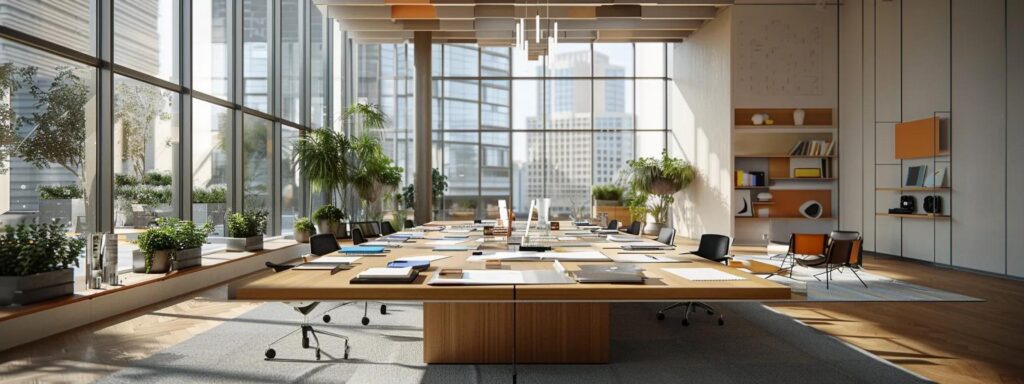
Material quality, availability, and source are crucial in determining building costs. Choices made early in the project affect durability, maintenance, and overall performance of the home.
What Are the Cost Differences Between Common Lumber and Alternative Materials?
Lumber costs vary with quality, grade, and market supply. Standard lumber remains cost-effective for framing, though alternatives such as engineered wood or reclaimed wood offer sustainability and better performance with premium prices of around 10–15%. Builders sometimes opt for composite materials that promise longer durability with reduced long-term maintenance even though they cost slightly more.
How Do Roofing and Siding Materials Affect Budget Estimates?
Premium roofing and siding materials provide better insulation and longevity but come at a higher initial cost. For example, metal or slate roofing offers durability and energy efficiency, while traditional options like asphalt shingles or vinyl siding may be less expensive but require earlier replacement. Local weather conditions in Des Moines demand quality, impact-resistant materials that, when upgraded, can raise expenses by 20–30% while potentially reducing future repair costs and increasing resale value.
What Role Does Sustainable Material Choice Play in Cost Variation?
Eco-friendly materials such as recycled steel, bamboo flooring, and solar-reflective roofing typically cost 10–20% more initially; however, they offer long-term energy savings and lower maintenance expenses. Additionally, government incentives and tax rebates can help offset the higher upfront costs while supporting environmental sustainability.
Below is a table summarizing key material choices:
| Material Type | Cost Increase | Key Benefits | Long-Term Impact |
|---|---|---|---|
| Standard Lumber | Baseline | Economical, widely available | Regular maintenance required |
| Engineered Wood | +10–15% | Enhanced durability and strength | Lower maintenance, sustainable |
| Premium Roofing | +20–30% | Longevity, better insulation, upscale look | Reduced energy costs, high resale value |
| Vinyl Siding | Baseline to +10% | Low cost, easy installation | May need replacement sooner |
| Recycled/Green Materials | +10–20% | Eco-friendly, energy savings | Tax incentives, sustainable appeal |
How Does Labor Cost Variation Affect Home Building Expenses in Des Moines?
Labor costs are influenced by wages, skill levels, project complexity, and local market conditions. In Des Moines, factors such as worker availability and seasonal fluctuations play an important role.
What Are Typical Framing Labor Costs and Their Design Dependencies?
Framing is one of the initial stages and typically accounts for 20–30% of overall costs. More complex designs with unusual angles or custom details require higher skill levels, thereby increasing labor expenses. Experienced framing crews and efficient layouts help balance design aspirations with budget realities.
How Do Plumbing and Electrical Labor Costs Vary by Design Complexity?
Plumbing and electrical installations are vital but can be costly if designs are complex. Standard installations incur baseline labor costs, but advanced systems involving smart home integrations or energy-efficient fixtures may drive costs up by 15–25%. These increased expenses are often offset by the improved functionality and long-term energy savings.
How Does Local Labor Availability Influence Project Budgets?
The local supply of skilled workers in Des Moines affects wage competitiveness. When labor is abundant, costs are lower; shortages typically escalate expenses. Strategic scheduling and long-term subcontractor relationships help maintain competitive pricing and ensure timely project completion.
A table summarizing labor influences is provided below:
| Labor Category | Cost Impact Range | Influential Factors | Mitigation Strategies |
|---|---|---|---|
| Framing | 20–30% of total cost | Design complexity, custom detailing | Standardized layouts, experienced crews |
| Plumbing & Electrical | +15–25% on complex designs | Custom systems, smart integrations | Detailed planning, pre-design consultations |
| Overall Labor Availability | Variable | Regional demand, economic conditions | Long-term subcontractor relationships |
What Are the Most Expensive Home Features That Increase Building Costs in Des Moines?
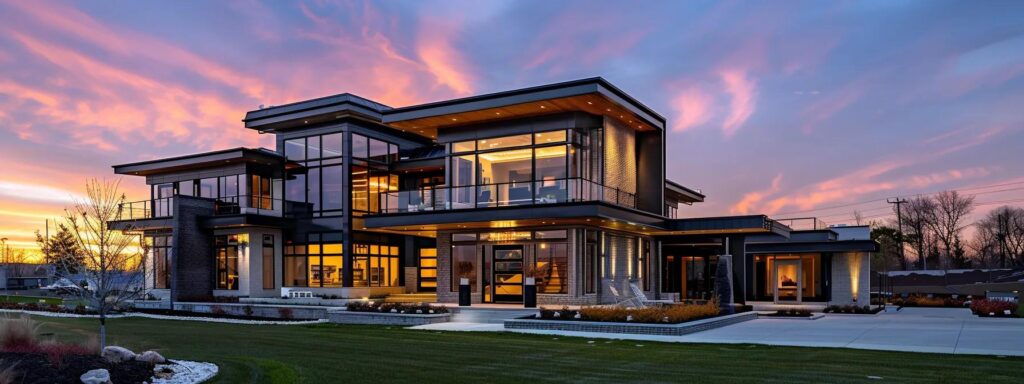
Certain home features can push construction costs significantly higher than standard designs. While these premium elements add value and personalization, they also require careful budget management.
How Do Custom Kitchen Cabinets and Appliances Impact Costs?
Custom kitchen cabinetry and high-performance appliances are among the priciest features. Tailor-made cabinets, crafted from solid wood with specialized finishes, and state-of-the-art appliances can increase kitchen costs by 20–30%. These investments enhance functionality and aesthetics but demand precise budgeting during design. kitchen and bathroom remodeling
What Bathroom Fixtures and Layouts Drive Up Expenses?
Luxury bathrooms featuring designer vanities, custom bathtubs, and advanced shower systems command higher costs. Expensive materials and non-standard layouts, such as dual vanities or separate tub and shower areas, can add 15–25% more to the bathroom budget. Skilled labor and time-intensive installation processes further contribute to expenses.
How Do Specialty Exterior Features Like Fireplaces or Landscaping Affect Budgets?
High-end exterior features, including custom fireplaces and intricate landscaping, significantly affect overall costs. Custom fireplaces require specialized installation and can bump up expenses by 10–20%, while elaborate landscaping—with water features, hardscaping, and outdoor lighting—adds both initial and ongoing maintenance costs.
Below is a numbered list summarizing these expensive features:
- Custom Kitchen Cabinets – Tailored designs using premium materials increase cost significantly.
- High-End Appliances – State-of-the-art, energy-efficient units add both upfront and operational expenses.
- Designer Bathroom Fixtures – Luxury materials and non-standard layouts drive up costs.
- Specialty Exterior Fireplaces – Custom designs require specialized installation techniques.
- Intricate Landscaping and Hardscaping – Elaborate outdoor designs boost both construction and maintenance budgets.
How Can Homeowners Manage and Reduce Building Costs Through Design Choices in Des Moines?
Effective cost management is largely achieved through informed design choices. Homeowners can reduce expenses without sacrificing quality by using professional consultation, value engineering, and prioritizing core features.
What Design Consultation Services Help Optimize Budgets?
Professional design consultation provides expert insights into material choices, space optimization, and energy efficiency, helping to eliminate wasteful expenditures. Early engagement with experienced contractors and architects can identify cost-saving opportunities in areas like kitchen layout and bathroom design before expensive decisions are locked in.
How Does Value Engineering Influence Cost Efficiency?
Value engineering involves critically assessing design elements to eliminate unnecessary costs while maintaining function and quality. This process can cut overall project expenses by up to 10–15% by substituting non-essential elements with more cost-effective alternatives.
What Are Practical Tips for Balancing Design Preferences and Budget?
Homeowners should identify non-negotiable features and allow flexibility in less critical areas. Mixing custom designs with quality off-the-shelf solutions and scheduling regular project reviews help keep the budget on track.
A table summarizing these strategies is shown below:
| Strategy | Key Benefit | Estimated Savings | Implementation Tip |
|---|---|---|---|
| Professional Design Consultation | Expert insights and budget planning | 5–10% of overall cost | Engage local builders with market expertise |
| Value Engineering | Optimizes function vs. cost | 10–15% | Conduct regular project reviews |
| Standardized Material Use | Balances custom designs with off-the-shelf options | 5–8% | Use high-quality standardized products |
| Prioritizing Essential Features | Focuses budget on key components | Variable | Clearly define must-haves early in planning |
| Regular Budget Tracking | Enables timely adjustments | Variable | Maintain frequent consultations with contractors |
What Are the Current Market Trends Affecting Home Building Costs in Des Moines?

Current market trends have a direct impact on building costs. Fluctuations in material prices, evolving design styles, and a growing sustainability focus all contribute to shifting expense patterns.
How Are Material Price Fluctuations Impacting Construction Budgets?
Supply chain issues and regional demand can lead to lumber and concrete prices rising by 5–10%, affecting overall budgets. Builders often mitigate these variations through bulk buying and strategic supplier relationships.
What Design Styles Are Increasing in Popularity and Cost?
Modern designs emphasizing open floor plans, minimalist aesthetics, and smart home systems frequently demand specialized labor and high-quality materials, adding a premium of around 10–15%. Despite higher upfront costs, these designs can increase energy efficiency and property value over time.
How Does Demand for Sustainable Building Affect Cost Structures?
Sustainable building features—such as solar panels, green roofs, and recycled materials—typically cost 10–20% more initially but offer energy savings and potential tax incentives. These long-term benefits often justify the higher starting expense. costs of your basement finishing project.
Below is a concise table of market trends: kitchen and bathroom remodeling
| Trend | Impact on Costs | Key Influencers | Long-Term Benefits |
|---|---|---|---|
| Material Price Fluctuations | +5–10% increase | Supply chain challenges, demand | Bulk purchasing, improved negotiation |
| Popular Modern Design Styles | +10–15% premium | Custom finishes, smart integrations | Increased property value, energy efficiency |
| Sustainable Building Practices | +10–20% premium | Eco-friendly materials, renewable energy | Energy savings, tax incentives |
How Does Des Moines’ Local Building Code and Regulations Influence Design-Related Costs?
Local regulations in Des Moines ensure safety and energy efficiency but can also increase construction costs due to stricter standards.
What Are Key Building Code Requirements Affecting Design Choices?
Mandatory requirements such as minimum ceiling heights, enhanced insulation, double-pane windows, and specific roofing materials may raise both material and labor costs by 5–10%. Regular consultations with local authorities and experienced contractors help navigate these codes efficiently.
How Do Permitting and Inspection Fees Add to Overall Expenses?
Obtaining permits and passing inspections can add about 3–5% to total costs. Early-stage planning and efficient project management are essential to minimize delays and reduce extra fees.
How Can Builders Help Navigate Local Codes to Control Costs?
Experienced local builders can recommend design modifications that adhere to regulations while controlling expenses. Their expertise in permit preparation and municipal negotiations supports cost-effective project execution.
Below is a summary table:
| Regulatory Aspect | Cost Impact | Key Considerations | Mitigation Strategies |
|---|---|---|---|
| Building Code Requirements | +5–10% | Insulation, fire safety, energy | Early design consultation, standard compliance |
| Permitting Fees | +3–5% of total cost | Project scale, city-specific rules | Detailed planning, experienced oversight |
| Inspection Fees | +2–3% of total cost | Multiple inspections required | Streamlined processes, pre-inspection reviews |
Frequently Asked Questions
Q: How can design choices reduce overall home building costs? A: Optimizing layouts in kitchens and bathrooms and choosing standardized materials can reduce the need for costly custom work. Early design consultation helps identify cost-effective solutions without sacrificing quality.
Q: What is the impact of material price fluctuations on home construction? A: Rising prices for lumber, concrete, or steel can add 5–10% to costs. Builders often use bulk purchasing and alternative materials to stabilize expenses while maintaining quality. For more information on home building, visit home building.
Q: How do local building codes in Des Moines affect design and costs? A: Local codes require specific safety and energy efficiency measures that can increase costs by necessitating higher-quality materials and skilled labor. Careful planning and experienced contractors help manage these impacts.
Q: What strategies can help manage expensive home features? A: Prioritizing non-negotiable features, using design consultation services, and applying value engineering can balance custom elements with standardized solutions, helping control overall expenses.
Q: Are sustainable materials worth the extra cost? A: Although sustainable materials can be 10–20% more expensive initially, the long-term savings on energy, reduced maintenance, tax incentives, and increased resale value often justify the investment.
Q: How does labor availability affect the overall cost of a home build in Des Moines? A: When skilled labor is abundant, construction costs are lower. In times of shortage, prices increase. Strategic scheduling and maintaining strong subcontractor relationships are key to managing these variations. For more information, visit home building services.
Final Thoughts
This article has explored how design choices, material selections, labor variations, and local regulations shape
costs in Des Moines. From kitchens and bathrooms to exterior finishes and eco-friendly options, every decision affects the final budget. Using design consultation, value engineering, and strategic planning, homeowners and builders can achieve a balanced, cost-efficient construction process that meets both functional needs and aesthetic goals.
